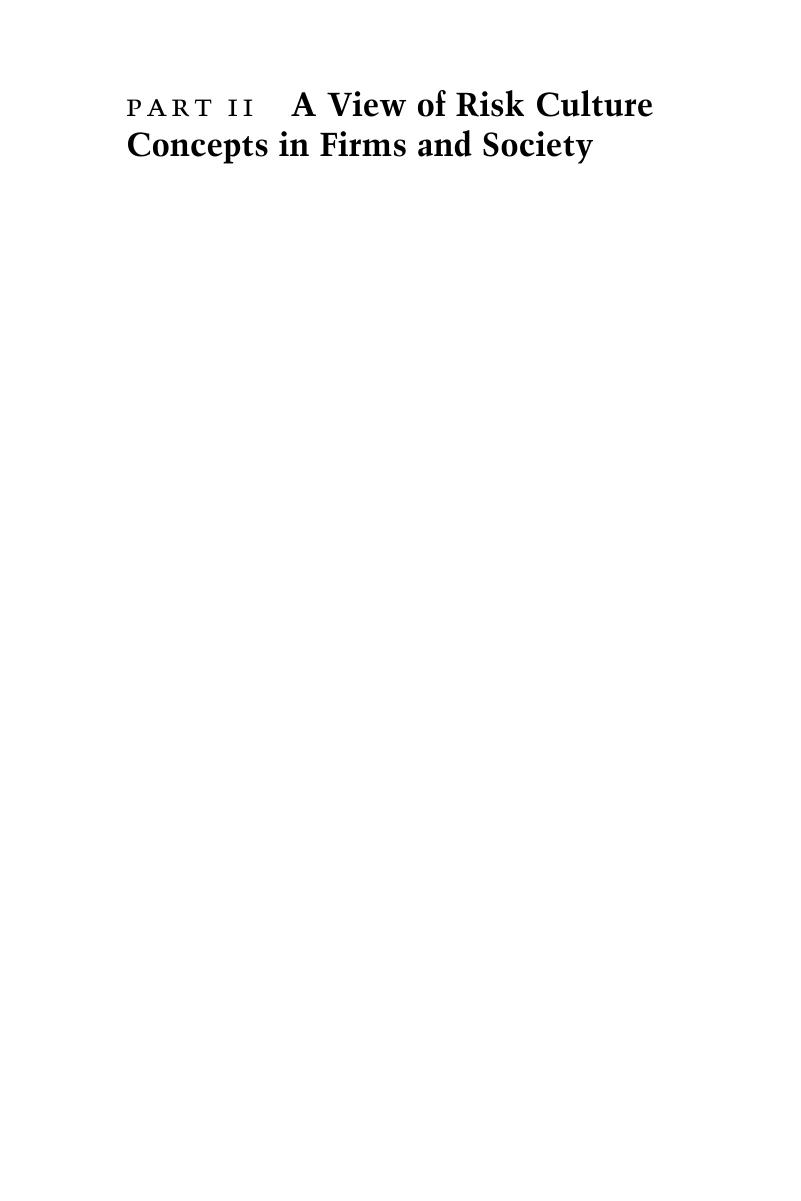Part II - A View of Risk Culture Concepts in Firms and Society
Published online by Cambridge University Press: 22 May 2020
Summary

- Type
- Chapter
- Information
- Beyond Bad ApplesRisk Culture in Business, pp. 139 - 270Publisher: Cambridge University PressPrint publication year: 2020
References
References
Bank of England Quarterly Bulletin (BEQB)
Bank of England Statistical Abstract (BOESA)
The Economist
Financial Statistics
The Times
Other Sources
Bank of England Quarterly Bulletin (BEQB)
Bank of England Statistical Abstract (BOESA)
The Economist
Financial Statistics
The Times

